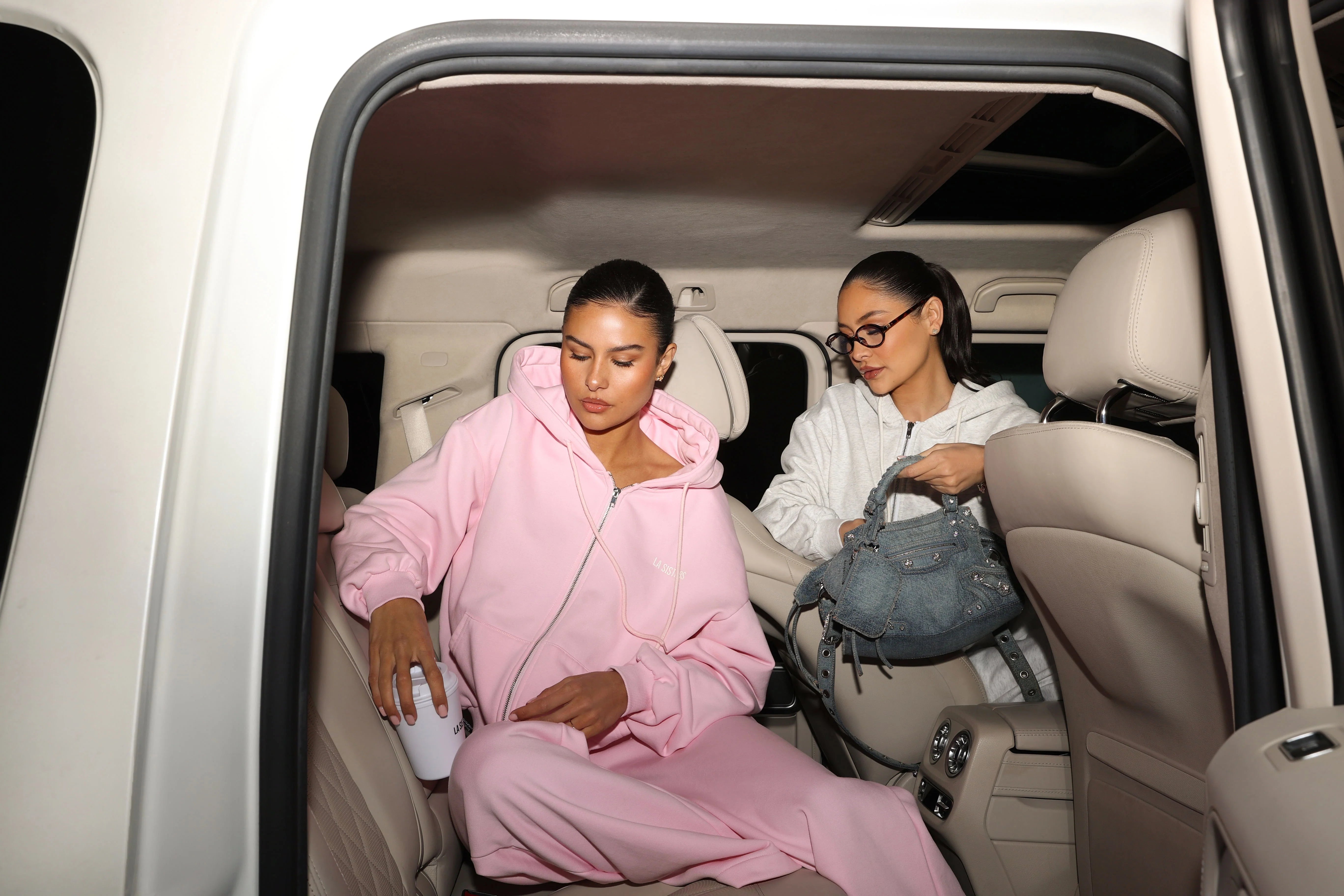A new year brings about a whole new wave of opportunities for expansion. Our team of experts has spent time gathering the relevant info you need to know in order to take 2024 by the horns and get your brand or business aligned with how the industry is moving.
These are our key takeaways.
Web Design
1. If the story is authentic, then it should be told the right way across every single detail
Interactive storytelling
This trend has already been seen on Apple’s websites for years, showcasing their new products in cinematic fashion to engage audiences, but now you can expect to see it across more and more websites. With audiences reportedly having shorter attention spans, video and motion can tell a story in a far quicker way.
For example: Apple Watch Series 9
Entertaining 404 pages
An additional moment to interact with audiences to reveal more brand character. It shows attention to detail and creates a moment of surprise.
See this example: Romain Brasier

Microinteractions
Keeping audiences on their toes by creating small microinteractions to engage with them adds playfulness and allows more connection.
AI generated imagery
With the development of tools like Midjourney, and Dalle-3, it’s far easier to expand on this and inject more creativity into the brand or business.
More accessibility features
Accessibility is getting more attention as consumers demand more inclusivity. Brands need to recognise that authentic representation means more than an orchestrated ad campaign. See how OnlyNY offers a broad range of user friendly options.

Y2k & 90s nostalgia
We’ve seen it come back around in fashion trends, but the Y2k and 90s nostalgia aesthetic is booming on web designs too. Check out this art gallery’s take on it.
Vibrant colour gradients
Scandi-chic neutrals take a backseat to bring some lively energy on our screens. Check out the Loud & Clear colour palette. Gradients are also reminiscent of Y2k Word Art.
2. Expect a greater focus on type and using it wisely to share a message
Dynamic typography
Movement engages audiences, but striking the balance is key so as to not overwhelm them. Using minimalist fonts but with kinetic typography can make the experience more engaging and get the message across cleanly.
XXL typography
There’s no escaping the message when it’s right there in your face. See how Martine Syms uses this trend to add depth to her brand personality.

E-commerce
1. AI won’t be slowing down anytime soon
The universal use of AI
Although not a new concept, 2023 was the year that AI came to be understood by the masses, rather than just industry people. Greater accessibility to software such as; Shopify AI for e-com, Dalle-3 for Designers, Chat GPT (for SEO and copy) are ways that businesses (and individuals) can save time, resources and money.
Using AR for shopping
This feature has already been adopted by some big names, such as IKEA Places, allowing customers to see digital things in the real world with just their smartphone. “The IKEA app solves several problems a customer might have before purchasing, for example, whether a product would fit in their space. This resolves any pre-purchase friction and allows them to buy directly through the app.” This is set to become a norm in the fashion industry too.

Multimedia revolution
Video, AR & VR are providing more immersive and interactive experiences than ever before. Video content helps brands tell their stories more effectively and engage consumers as part of a multilayer, multimedia experience.
Hyper-personalization
AI and Machine Learning are tools that gather and interpret customer data, giving brands and businesses a better idea of their audience's patterns and behaviour. They can then target them more personally with loyalty programmes, rewards and experiences.
2. Sustainability remains an important expectation among customers
Same-day (local) delivery
- Shoppers are more likely to buy a product if they can receive it on the same day, which means less overseas shipping. Shopping app Need for It Tonight collaborated with courier service Gophr to provide a 90-minute delivery option for fashion items. As this movement gains momentum, it's anticipated that more companies will form partnerships with local delivery services. The more invested in logistics, the more efficient deliveries can become.
- Using more green delivery modes of transport such as bike delivery, means that businesses can give a same-day delivery option to their customers. The lure of receiving the item on the same day makes customers far more likely to commit to a purchase.
Sustainability and brand ethics:
Studies show that 78% of US consumers consider a sustainable lifestyle as important to them. This plays out in their shopping habits:
- 60% of shoppers would pay more for a product with sustainable packaging
- 42% of shoppers buy eco-friendly products “very often” or “always”
- 28% of shoppers think about the environmental impact of delivery options when buying from the internet
A report by Sprout Social found:
- 72% of people want brands to be positive contributors to society
- 64% of people want brands to use their power to help people
- 48% of people want brands to raise moral standards for others
Brands should use these consumer expectations as motivation to be better and do better. They need to be acting as connectors first, and sellers second.
“It’s no longer enough to say you’re doing the right thing. Modern consumers—especially Gen Z and Millennial buyers want evidence after an onslaught of brands were caught “greenwashing” their audience.”
3. There’ll be a more evolved understanding of audiences and how to target them
First-party data collection
Google’s endeavour to eliminate third-party cookies means that there is a need for new ways of gathering customer information and preferences. Machine learning is set to take over this aspect of data collection and put users in ‘cohorts’ of like-minded other users to generate predictions rather than focusing on individuals specifically. The hope is to alleviate the issue of privacy and data collection among users.
Community-based marketing campaigns
Creating a more personal bond with loyal customers through social media groups, slack, email marketing, and guestlist events will be a big way for brands to connect.
Mobile shopping is still key
Important aspects to keep in mind for design are:
- Thinking mobile-first, instead of desktop
- Accepting mobile payments or digital wallets, such as Apple Pay or PayPal
- Allowing social media login instead of asking people to create a new account at checkout
B2B e-commerce is on the rise
More companies are seeking a proper B2B website/systems. Rather than relying on trade shows and in-person sales, brands have put more into their B2B websites to support their retailers and get the most out of the relationship with up-to-date stock levels and collection releases.
Adapting to different platforms for different audiences
Being aware that within your audience, you’ll span generations and therefore need to cater to their preferences.
For example, Gen Z → TikTok, and Millennials → Instagram/Facebook
Our pointers
- AI will keep on rising and become more important (behind the scenes)
- Having an authentic story will make or break you
- The details will make the difference; the age of average will slowly die
Overall, we see that AI is the master orchestrator of things to come, with increasing evolutions of the software reaching more and more people worldwide. That’s not without its risks and concerns, but that’s an avenue to address another time. As well as it becoming more accessible, there will also be a lot of work done behind the scenes when it comes to development that consumers won’t see but will feel in the overall stepping up of technologies.
Although sustainability, ethics, transparency, authenticity, and a true connection have been a staple part of brands’s stories and identities in the last decade, it’s for real this time. With a saturation of brands, products, and content, consumers really need to be able to scratch beneath the surface of polished Instagram feeds and fluffy mission statements and see it in action, in every single aspect of the brand presence.
In line with the above point, brands need to step it up. Gone is the age of average. Attention to detail is more important than ever before, as is a cohesive brand identity in every little nook and cranny that you can find. And those details need to stand out and say something, rather than having a blanket look and feel and half-baked presence.
A parting note that we’ll be musing on as the year unfolds is: as the world seems to move to a more automated future, how do we create and communicate a strong and authentic enough connection with the brands we work with and their consumers?
Did this article trigger any thoughts, ideas or maybe even concerns for you? Let us know, we’d love to connect and elaborate on any of these topics.










